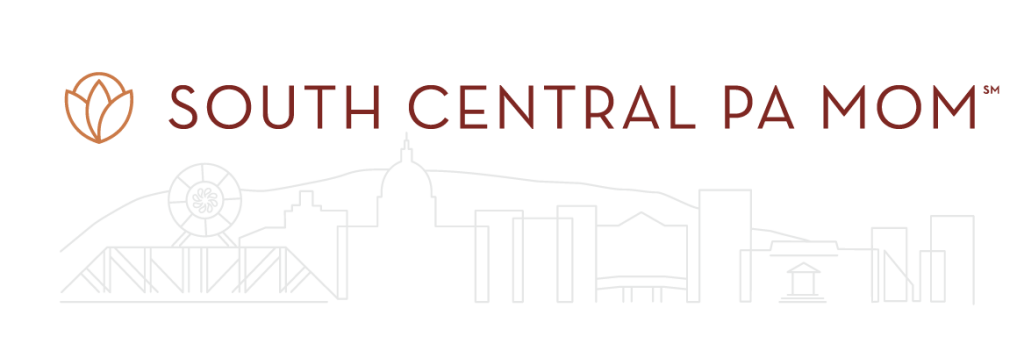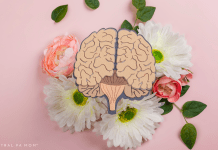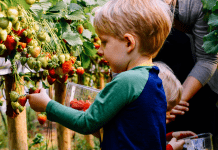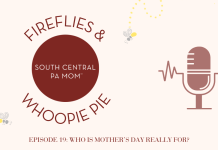Winter is almost over, and with spring comes the chance to refresh your gardens! But before you stock up on decorative bushes and shrubs or colorful roses and lilies, for your gardening, considering taking the chance of a new growing season to try something new instead: grow local.
Gardening, for many of us, is mostly a pastime to bring beauty to our yards. Right? We pick out the plants we think look nice, or are low-maintenance, and for the most part, that’s really all there is to it. The first time I started gardening, I tried choosing plants, flowers, and shrubs that I personally liked, and that the internet told me attracted birds and butterflies. But I eventually realized that the plants we grow — or don’t grow — can have a much bigger impact on our environment than we realize.
Remember the milkweed craze? News broke that monarch butterflies had become critically endangered, and people began planting tons of milkweed in an effort to help save the butterflies. It’s a great thought, and a good start, but it’s just not enough. When all you’re doing is planting a little milkweed, but surrounded by a bunch of mulch and spaced-out shrubs, it doesn’t do much good overall. The ecological community needs more. So what do we do instead?
READ: RELATABLE: Marie Kondo has three kids, and has ‘given up’ on tidying
It’s simple: stop buying whatever is available at big-box hardware stores (ahem), and start growing native plants in your gardening instead.
So what does it mean to grow native plants? Well, put simply, it means growing plants that are indigenous to your area. If it wouldn’t grow in your region naturally, then don’t plant it. And there are so many benefits. Because they are meant to be grown in your yard, they’ll be better suited for the local soil, meaning less time and work in your gardening for you. They help create a strong local habitat for birds, bees, and butterflies to thrive. They provide nectar for pollinators, foods for other wildlife, and shelter for local mammals. Native plants need less water and pesticides, making them better for the environment, and believe it or not, they can even reduce pollution and increase air quality.
So, take a hint from Martha Stewart, and when you’re planning out your gardening this year, create a native plant garden. You can use the National Wildlife Federation’s Native Plant Finder to get an idea of what to plant, or, to make things even simpler, get one of their native plant kits. To keep weeds from growing, buck the trend of placing your plants several feet apart, and plant them close together — another benefit of native plants! They’ll naturally crowd out the weeds as they mature. A great local resource for native plant gardening is the Penn State Extension if you still want more ideas on what plants to grow. BPlant is another great resource to help find ideas for plants to include in your native garden. And when it comes time to actually buy your native plants, a local nursery will be a much better resource than that chain hardware store with sad-looking roses left to die outside.
Are you planning on gardening with native plants this year?




